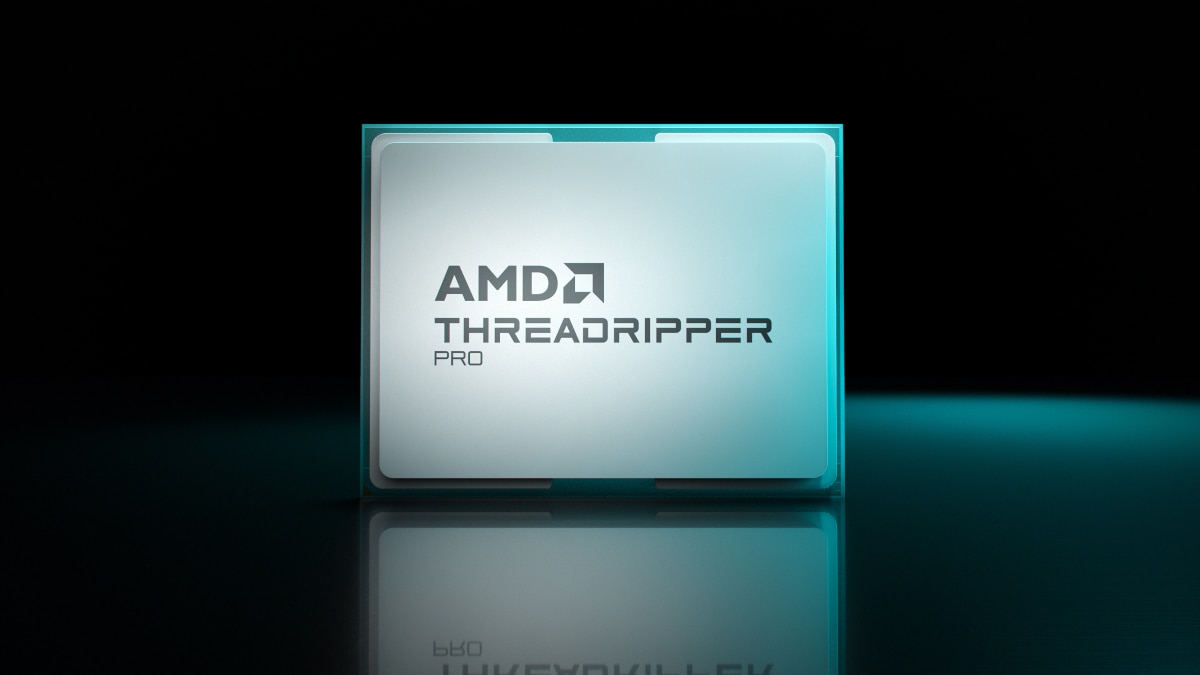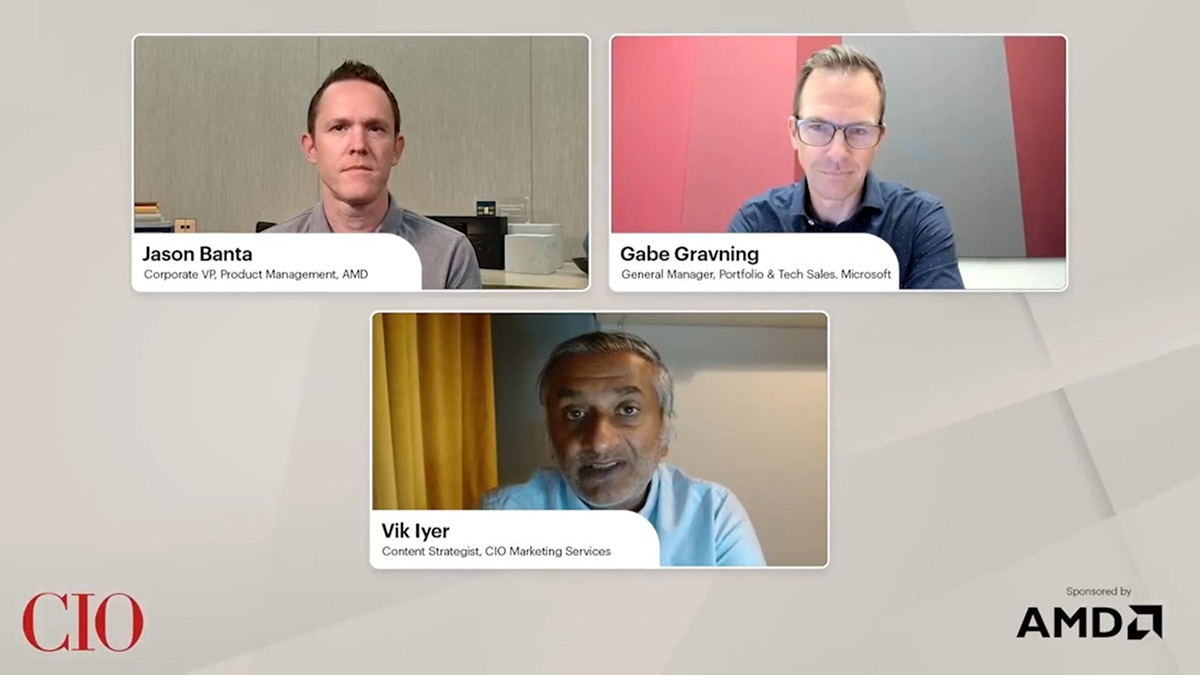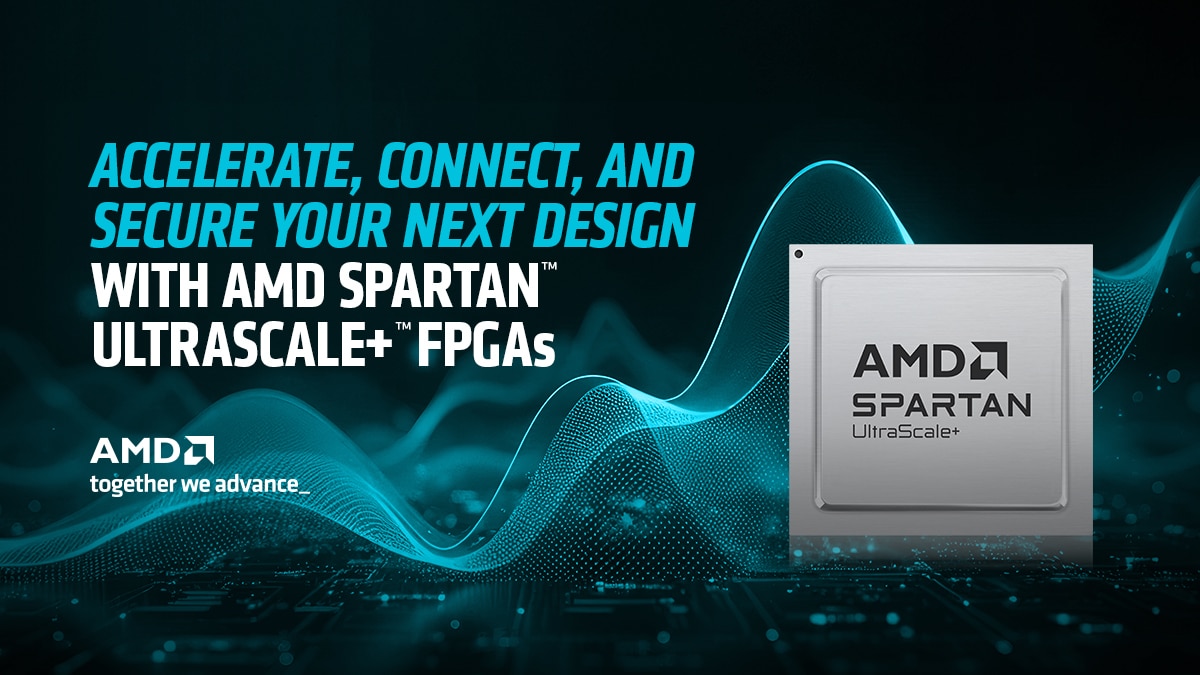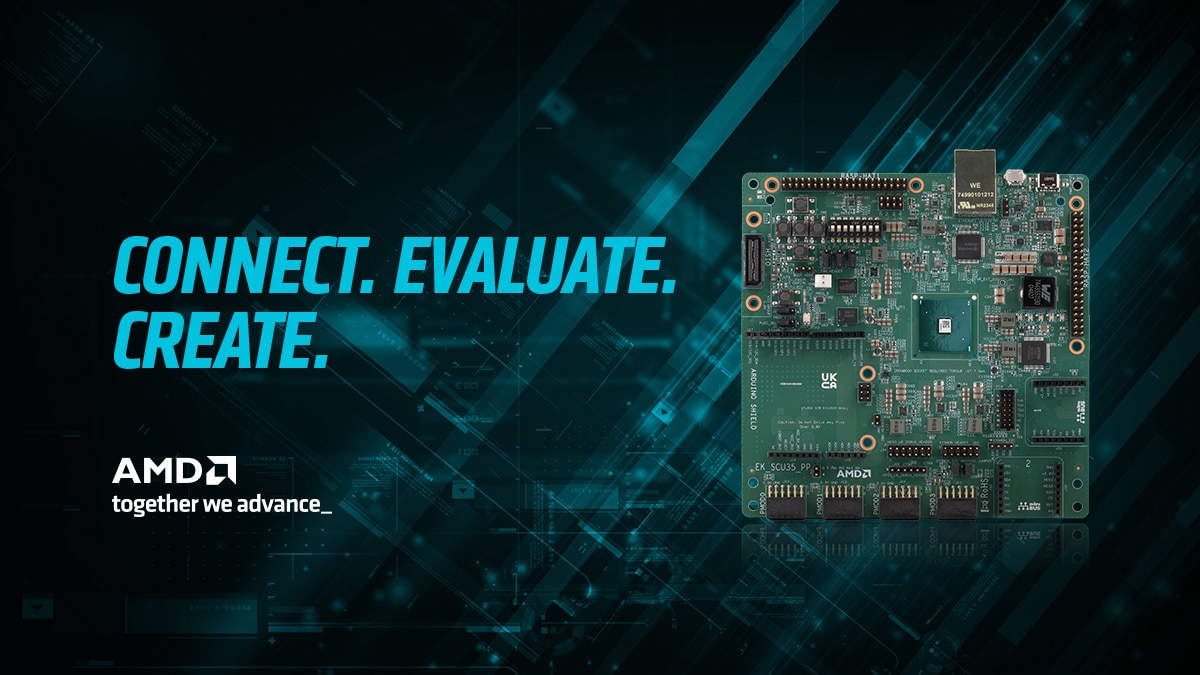Customers Praise 5 Years of AMD Ryzen™ Threadripper™ PRO CPUs
Jul 18, 2025

Anniversaries, by their very nature, offer an opportunity to look back at the impact and meaning of an event. July 14 marked the five-year anniversary of the first AMD Ryzen™ Threadripper™ PRO CPU launch, and while I'm not suggesting that date ought to be anyone's most important anniversary, it's interesting to look back in my role on AMD’s Software Performance Engineering team and how workstations have changed in just five years.
At a high level, AMD set out to build a workstation CPU that could fairly be called transformational rather than merely an expected, stepwise improvement. What AMD saw in 2017-2018, when it was considering the state of the larger workstation market, was a lack of competition and an opportunity for any company willing to take chip design in new directions. AMD Ryzen Threadripper PRO Series processors were its answer to that challenge.
Workstation workloads don't fit neatly into any single bucket. Some applications scale best with clock speed but don't particularly benefit from higher core counts. Others are highly parallelized. An ideal workstation CPU would scale to high core clocks and high core counts, without being prohibitively expensive to produce. The processor that pulled this hat trick off could address a need that wasn't being met -- and potentially hit that transformative target.
Redefining Speed
When the rate at which an artist can explore new ideas and concepts is gated by the hardware they own, performance limits become de facto creative limits. Successful content creation in such circumstances has less to do with the execution of a vision and becomes more a question of how creatively the end-user can operate within increasingly tight computational constraints.
AMD first galvanized the high-end desktop market with Ryzen™ Threadripper™ high-end desktop processors in 2017, but while these CPUs featured significantly higher core counts than their competitors, they weren't true workstation processors. In 2020, AMD combined the knowledge it had gained from its high-end desktop (HEDT) success with the proven reliability, security, and manageability benefits of AMD PRO Technologies to create the Ryzen Threadripper PRO CPU family -- workstation processors with a modular chiplet architecture that fielded previously impossible core counts alongside industry-leading frequencies.
Our team immediately engaged with developers of key software applications in top industry segments. We seeded dozens of developers with pre-production AMD Threadripper PRO hardware and brought applications in-house for testing. Some well-threaded applications scaled to the full 64 cores and 128 threads (and later 96 cores and 192 threads with the 7995WX) right out of the gate. We engaged other developers to help them scale with cores, improve single threaded performance, integrate AMD Optimizing CPU Libraries, optimize thread pinning for the Zen chiplet/cache architecture, and other general performance tuning. The results were fantastic and end users were thrilled with the tremendous leap in performance enabled by this transformational new hardware with software tuned to take full advantage of the platform.
The head of engineering at leading post-production company Evolutions Bristol, Will Blanchard, described the situation thusly: “The AMD Ryzen Threadripper PRO CPUs were not only powerful but also provided excellent value for money. We could have gone with a dual processor system, but the AMD Ryzen Threadripper PRO processors gave us the performance we needed at a fraction of the cost.”
According to Blanchard’s tests, replacing older hardware with newer AMD workstation CPUs not only reduced cost, it cut processing time in Filmworkz Phoenix denoising software from 24 hours down to 2.5 – 3 hours. This tremendous performance improvement allowed Evolutions Bristol to tackle a challenging nighttime time-lapse nature documentary project differently.
"We were trying to separate the light from the dark without ending up with a noisy image or losing the picture altogether," Blanchard said. "The speed of the AMD processors allowed us to iterate quickly. We could try different settings and see the results almost instantly, which was crucial in achieving the perfect shot."

Jacob Maymudes, founder of Wylie Co VFX, had a similarly positive experience. “Filmmaking generates an immense amount of data, and when you’re creating a film like Dune, you’re probably going to create more data than any previous film,” Maymudes said. “We’re talking thousands of terabytes. Any system we use is going to be pushed to the max. The only way to process that data efficiently is by using the best technology available to us. For us, that is AMD Ryzen™ Threadripper™ PRO processors.”
Advancing Industries
AMD Ryzen Threadripper PRO processors haven’t just accelerated single applications or changed production timelines for individual studios – they’ve been part of a new approach to VFX production that's revolutionizing the entire film industry.
While the roots of LED volumes stretch back to the front and rear projection systems of the mid-20th century, the technology shot to prominence after Industrial Light & Magic developed and deployed its StageCraft system. Also known as "The Volume," this new approach to VFX was deployed as part of creating special effects for the hit show The Mandalorian.
LED volumes rely on real-time rendering engines like Unreal Engine and require tight synchronization between real-world physical cameras and the virtual cameras within the environment. Traditional offline rendering is still a critical component of post-production visual effects, but the high performance of AMD workstation processors has helped enable this fundamental real-time shift in filmmaking by providing the dynamic performance and responsiveness artists and directors increasingly depend on.
"Everything we do is so reliant on being able to go through iterations so quickly, so seamlessly, to explore options, to tell stories, or to solve problems" said Jeroen (J.) Schulte, global imaging supervisor at ILM. "Having AMD as the engine behind that part of the machine has been so liberating for our creatives because we can show them options fast and more interactively than ever before."
Pixomondo similarly credits AMD for advancing its own adoption of virtual production and LED volumes for its work on Star Trek: Discovery and Star Trek: Strange New Worlds. "This ability to engage with this world means there's a lot of processing going on in the background," said Miles Perkins, an industry manager for film and television with Epic Games, "And its products like AMD's Threadripper PRO which is enabling this to happen, in a way that our creatives can just engage with, and not have to worry about the technology."
Beyond the Camera
Thus far, I've mostly stuck through the impact of AMD Threadripper PRO in terms of filmmaking and rendering. This is a reasonable place to start, given that such tasks represent a substantial portion of the workstation market -- but they aren't all of it.
When VCTO Labs was commissioned to digitally map the former prison island of Alcatraz, its founder, Pete Kelsey, turned to AMD for his workstation needs.
“VCTO Labs creates digital twins of historical sites and artifacts that are rich in story using the widest variety of highly detailed imaging and sensor data. We get very tight time windows to gather and assimilate these massive datasets and Internet coverage is a rarity, so all of the data must be verified onsite, and time is of the essence,” Pete told AMD. “The performance of the 96 core Threadripper PRO 7995WX with the industry’s leading software including Epic Games’ RealityScan, Cesium, Emesent, Pix4D, ESRI, etc. was crucial for our success at Alcatraz. We look forward to upgrading to the Threadripper PRO 9995WX and tackling even more challenging projects with this powerful hardware.”
Developers like Respawn relied on workstations based on AMD processors to cut its Unreal Engine build time "from 12-15 hours to 4-5 hours per build." Respawn's lead narrative technical designer, David Midgley explained the benefits of this reduction in practical terms, and his answer reflects exactly the kind of benefit AMD planned to deliver when it launched into the workstation market five years ago. "A wasted day is massive for a team of our size, whereas if you're cooking every four hours, you have a lot of shots during the day to get a great build that is good for the team the next day."
Next-generation AMD Ryzen Threadripper PRO 9000 WX-Series processors debut in a few weeks, with systems launching from multiple OEMs. This new CPU family is designed to excel in every workload where workstations are commonly deployed, from engineering and creative design to fine-tuning AI models and using multiple GPUs. It's an approach that builds on a proven, five-year history of innovation and improvement.
Here's to five more.









